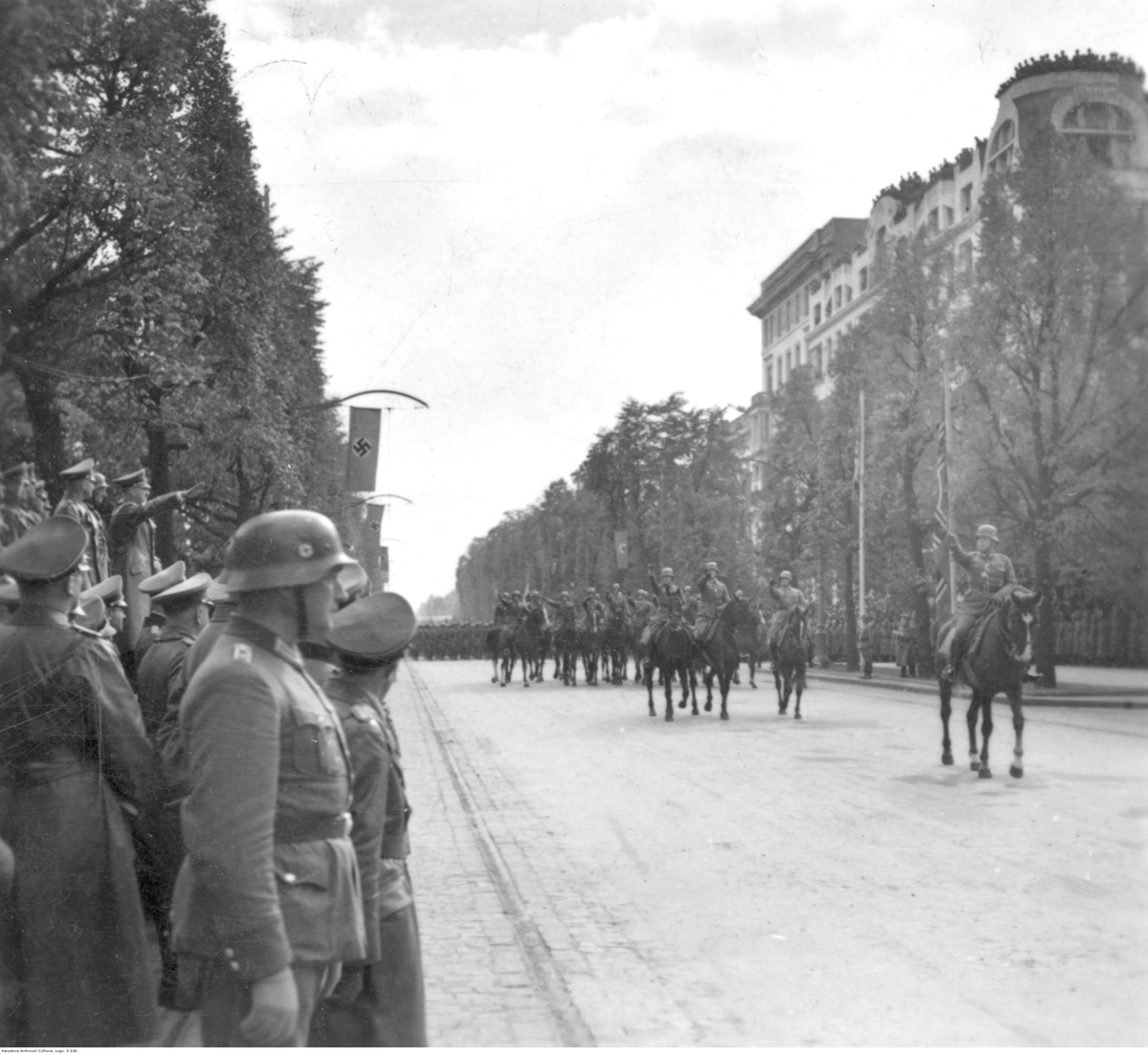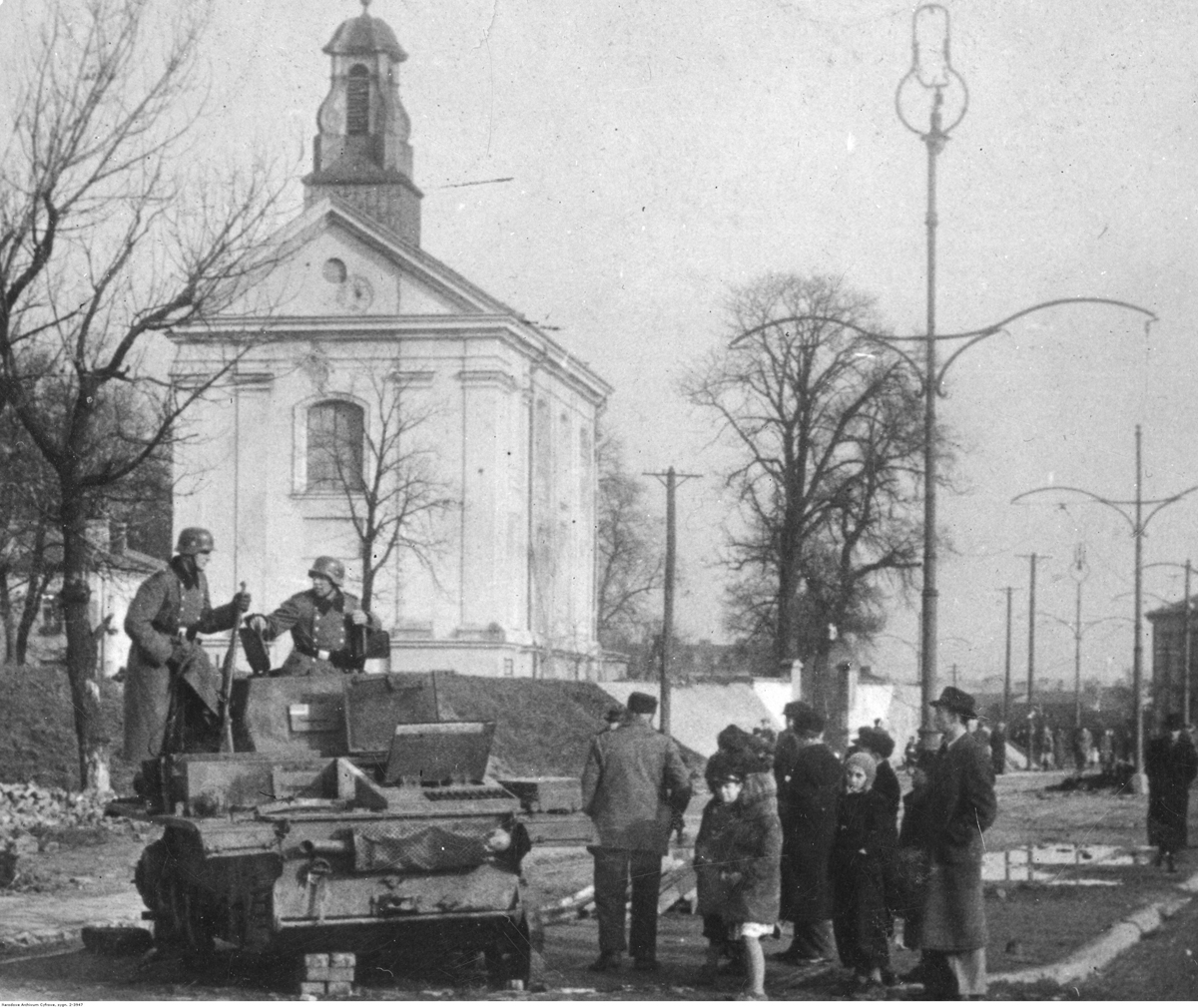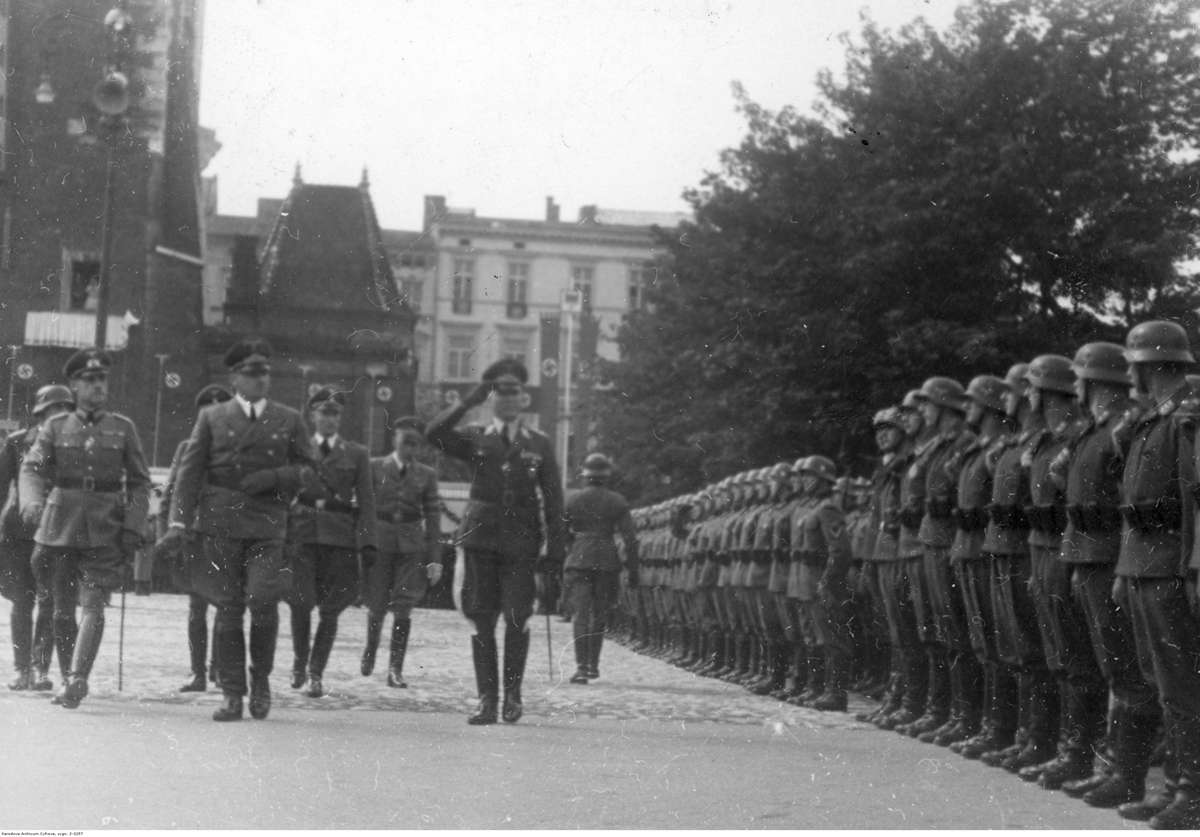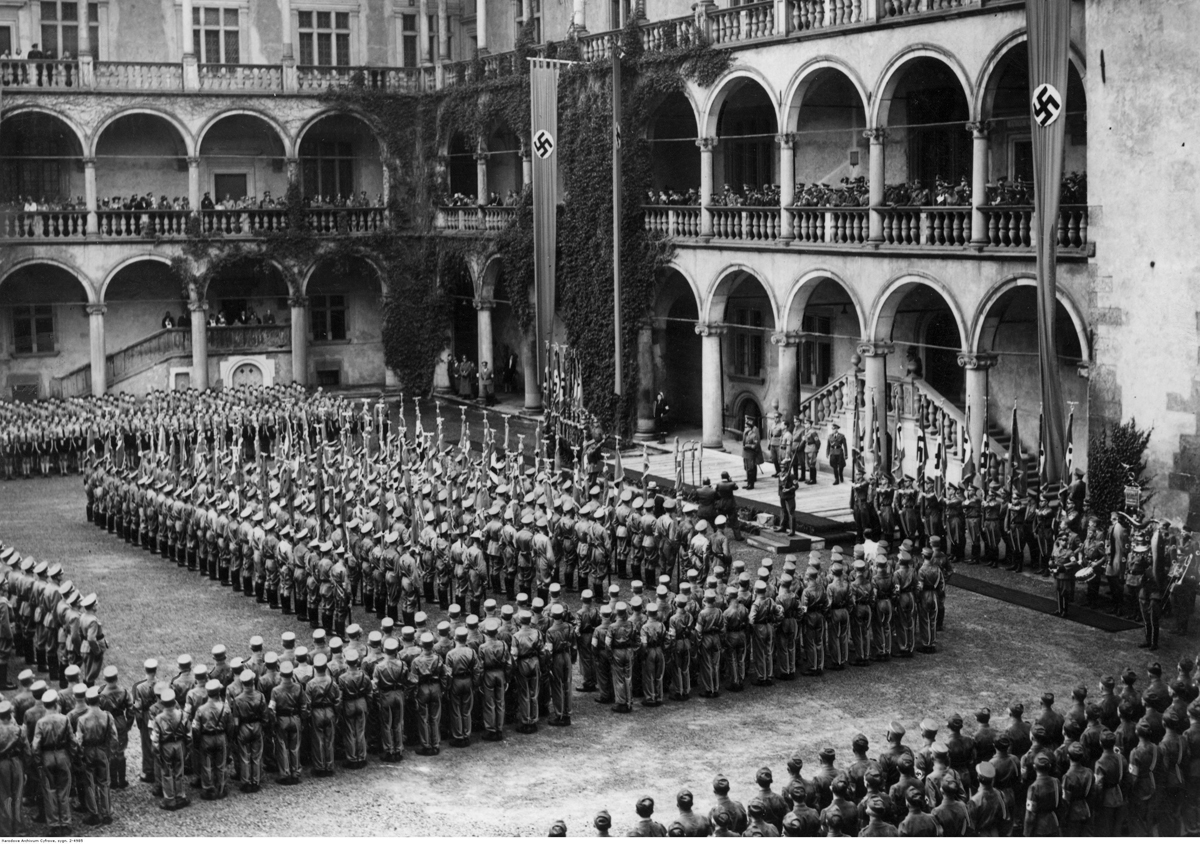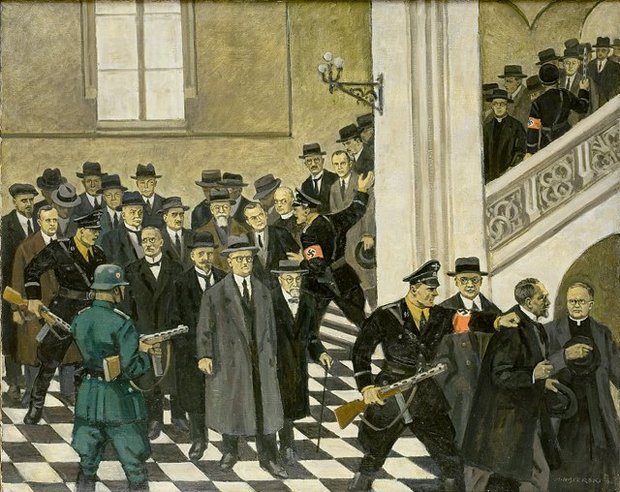Years of German occupation in Poland (1939-1945) was a time of unimaginable terror. In the beginning this was focused upon the leadership of the Polish nation: pre-war political and social activists, representatives of the Polish intelligentsia and the clergy—individuals who could have organized and led the anti-Nazi resistance movement. Already in September 1939, just after the Wehrmacht invaded the country, the so-called Einsatzgruppen followed. They were special operations groups of the Nazi Security Police (SiPo) and Security Service (SD) whose activity consisted of carrying out mass arrests, initially according to lists created even before the war of those who were to be captured, and then executing many of these prisoners. In order to paralyze any action by the Poles , this activity was continued by security services of all levels throughout the occupation. Common phenomena were street roundups, pacification actions, and summary executions. Those arrested by the Gestapo were brutally interrogated, placed into prisons, sent to concentration camps, shot, but only a few were ever released. The authorities of the Third Reich sought to transform the occupied Polish territories into a place that was inhabited only by Germans and would become integrated as a part of the German state.
The lesson “The First Deportations to Auschwitz” is on the fate of those deported to Auschwitz in the first three transports from the Krakow District in the General Government (GG), especially from the prisons in: Tarnów (June 14, 1940), Wiśnicz Nowy (June 20, 1940), and Krakow from the Montelupich prison (June 18, 1940). It also includes 271 prisoners transported in June as well as at the beginning of July of 1940 from the Sosnowiec transit camp in the Katowice District which consisted mainly of the pre-war Silesian Voivodeship, south-western part of the Kieleckie Voivodeship, and the western part of Lesser Poland. The areas of western and northern Poland annexed into the Third Reich, the so-called eingegliederte Gebiete, were divided into provinces consisting of smaller districts.

